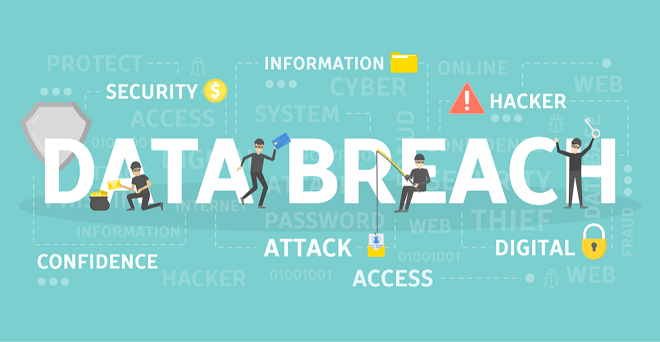Despite cybersecurity being a priority for many organizations, both the incidences and the costs of data breaches have been increasing for years. Attackers are becoming more creative, and the increased use of open-source software has provided more opportunities for exploitation.
Data breaches are a major threat to your organization, but by implementing a data security platform, you can reduce your risk and minimize the effects of breaches without overtaxing your security team. Preventative measures, as a rule, are much more beneficial than any response effort.
Data Breaches are a Major Security Threat
Almost half of U.S. companies have experienced a data breach, and it has put many of them out of business. When an attacker invades your servers and databases, there are a wide range of potential attacks that could commence, from ransomware, in which your data is encrypted until you pay a ransom or deleted, to personal information leaks.
Sometimes, attackers are able to impersonate administrators and then give themselves unlimited permissions, which then gives them access to all company data, sensitive or otherwise, and it puts your customers at risk. Depending on where you live, you could be at risk of heavy fines due to security compliance violations.

As if that weren’t enough, ransomware has pivoted toward data extortion. Rather than encrypting your data and forcing you to pay for its release, attackers have shifted toward exporting your data and threatening to release or sell it unless you pay the requested ransom. This is a problem for many businesses due to compliance issues and loss of customer trust, and it is also very difficult to combat.
While a traditional ransomware attack could be overcome by locking out the attackers and then downloading backups, a backup does you no good if someone is threatening to sell compromised data. Responding to a data breach, particularly one that involves ransomware or data extortion, is becoming more difficult and substantially more expensive.
The Cost of a Data Breach is Rising
According to the 2022 Ponemon report on the cost of a data breach, the average cost to an organization for a data breach is over $4 million. However, ransomware in particular is growing more expensive. The largest ransom paid last year was over $8 million, and the average was $600,688. The ransom paid is not the full picture of the amount of money an attack costs, however. On top of the ransom, companies sometimes have to pay fines or legal fees in the event that an affected customer pursues litigation.
Ransomware attacks are a crippling expense for many organizations, particularly those in the healthcare industry, which accounts for around 30% of victims. 26 lawsuits filed in 2022 involved medical and health information, and 20 of those attacks had involved a healthcare organization. Many hospitals have had lawsuits filed against them, with at least 50 occurring since August 2022. Many who filed the lawsuits accused the hospitals of using analytics to track and sell their data, or they accused them of violating privacy standards.
The number of data breaches and the time needed to recover from them were also up in 2022. Finally, there is a risk of unrealized earnings that results from customers no longer trusting organizations that have been recently breached with their personal data. For example, if your passwords are hacked from a password management app built by a security-focused company (looking at you, LastPass), you likely won’t continue to trust that company with your passwords. Similarly, if your company’s data are leaked, consumers will be less inclined to work with you.
Reducing Your Risk of Data Breach
None of this is any good for business, so preventative measures should be taken. To start, look into data activity monitoring and access control. Create a zero-trust environment and implement the principle of least privilege, which states that users should only be able to access data essential to their functions within the environment. Monitoring data access logs helps you understand how users access your data, and it will then be easier for you to see unusual access activity. Often, unusual activity is an early sign of a breach.
Data discovery, classification, and masking are also important for reducing your risk of a breach. If you keep sensitive data strictly in the encrypted, minimally accessed areas of your environment, attackers are less likely to find it. For example, if your passwords are stored in plaintext in an unencrypted Excel sheet, an attacker can easily find those passwords and utilize them. If you can use an automated solution for this, it will be much easier and faster than manually sorting through all of your files.
Unfortunately, these things can only go so far to protect you from a breach, so automated threat detection and mitigation is also important for keeping your organization safe. The damage done by a breach will be much lower if you detect it quickly, so an automated system that sends alerts for unusual activity and can filter traffic is beneficial.
Although data breaches are not completely avoidable for most companies, you can take preventative measures and install safeguards to keep any breach of your security environment minimally damaging. Avoid compliance fines, litigation costs, and loss of business by keeping your data secure, monitoring for suspicious activity, and limiting access to sensitive information.

